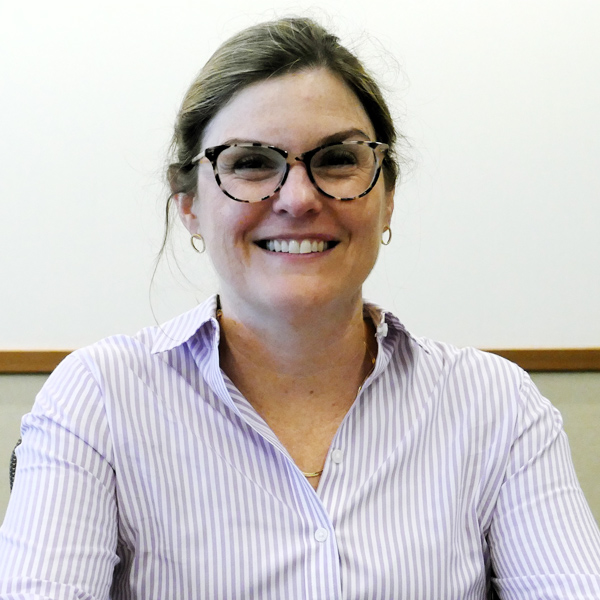Oregon regulators are moving closer to adopting resource adequacy rules that would incentivize load-serving entities to join the Western Power Pool’s WRAP.
But during an Oregon Public Utility Commission rulemaking hearing Jan. 11, stakeholders continued to debate transmission forward-showing requirements and the need to allow a capacity backstop charge.
OPUC filed the proposed resource adequacy rules in September, following an informal process that began in December 2020.
OPUC staff contend that “resource adequacy concerns are best addressed through regional coordination,” Curtis Dlouhy, senior economist and policy analyst with the agency, said during the hearing. In particular, Western Power Pool (WPP) offers the Western Resource Adequacy Program (WRAP), the West’s first regional reliability planning and compliance program.
FERC approved the WRAP tariff in February. (See FERC Approves Western Resource Adequacy Program.)
OPUC’s proposed rule would incentivize WRAP participation by including more stringent resource adequacy planning for those not involved with WRAP, Dlouhy said.
OPUC-regulated entities that are not WRAP participants would face a two-year forward-showing requirement for resource adequacy. In contrast, WRAP participants must submit resource adequacy forward showings seven months ahead of a season. WPP then evaluates the submission to ensure the participant is meeting its share of the WRAP planning reserve margin.
“Entities not attached to a regional program have a greater resource adequacy risk and thus should be subject to uniformly stricter requirements,” Dlouhy said.
“Staff also believes that requirements consistent with WRAP, albeit stricter, provide a clear incentive to join WRAP and thus benefit from a diverse set of energy producers that are involved in WRAP,” he added.
Capacity Backstop Discussed
The proposed resource adequacy rules would apply to two types of load-serving entities: investor-owned utilities and electric service suppliers (ESSs). Oregon’s Direct Access program allows nonresidential consumers to buy electricity from an OPUC-certified ESS.
In written comments, the Northwest & Intermountain Power Producers Coalition (NIPPC) said the commission should give ESSs the option to meet their resource adequacy obligations through a capacity backstop charge. Under that option, direct access customers would pay an RA charge to the utility.
In addition, NIPPC wrote, WRAP’s firm transmission requirement is “very problematic” and shouldn’t be mandatory. NIPPC represents competitive electricity market participants, including ESSs.
During the hearing, Greg Adams, representing Calpine Energy Solutions, said that WRAP “requires a real shift in regional transmission practices toward advanced procurement of firm transmission.”
That’s an issue, Adams said, because of Bonneville Power Administration’s current practice of releasing substantial transmission for purchase less than seven months ahead of delivery.
“There is significant concern with the ability of all load-responsible entities to meet the WRAP’s forward-showing transmission requirement, given the general … inability to obtain incremental, firm, point-to-point Bonneville Power Administration transmission in the forward-showing timeline — seven months in advance of the time of delivery,” Adams said.
‘Equal Playing Field’
But Pam Sporborg, director of transmission and market services at Portland General Electric (PGE), noted that under FERC’s open access policy, “all entities are on an equal playing field when it comes to acquiring transmission rights.” She said it was unclear what was preventing direct-access LSEs from procuring long-term, firm transmission.
“We do recognize that procuring long-term, firm transmission on an annual basis … can be more expensive,” Sporborg said. “But we believe that this is a necessary investment to provide really reliable load service.”
As for the capacity backstop charge, PGE’s Sam Newman said the utility had concerns.
“We are very uncomfortable with a scenario where the utilities are required to offer a backstop charge, but as a backstop charge there would be considerable flexibility for direct access load to choose or not choose to lean on that charge,” Newman said. “That puts the utilities in a difficult position.”
Dlouhy with OPUC said there aren’t currently plans to include a capacity backstop charge in the resource adequacy rules, although that could be reevaluated later. He said the rules would be able to function without it.
“Staff was not confident that significant excess IOU capacity or transmission existed at the moment,” Dlouhy said.
The proposed rules also include information filing requirements. Oregon’s IOUs would be required to include a resource adequacy assessment covering at least four years in their integrated resource plans. Electric service suppliers would add the RA information to their emissions planning reports.
Written comments on OPUC’s proposed rules are due Jan. 25 at 3 p.m.
